About Haft Sin table
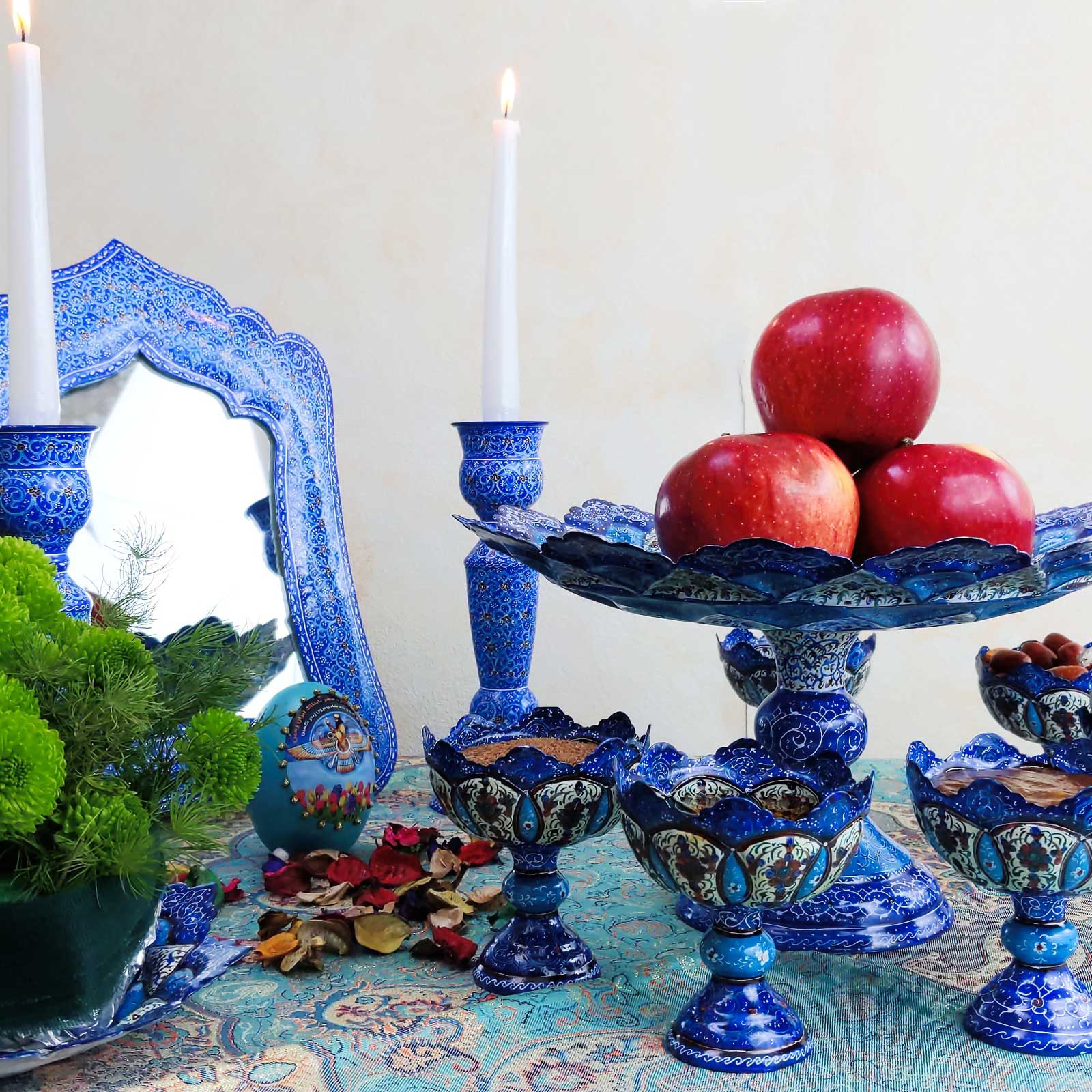
The Haft-Sin is a collection of seven symbolic items whose names begin with the Persian letter “Sin.” People traditionally set it out for Nowruz, the Iranian New Year. Haft-Sin is one of the most famous Nowruz customs. Families spread it on the floor, on a Persian table runner, or on a termeh tablecloth. They usually gather around it as the year changes.
The table includes seven main items: apples, elm, sumac, garlic, vinegar, sprouted greens (like wheat or lentils grown on a plate), coins, senjed (dried oleaster fruit), and sometimes lavender. Other objects are added to complete the spiritual and symbolic meaning of the setting. These often include a Persian mirror, books, candlesticks, decorated eggs, goldfish, flowers, sweets, and other traditional items. Each family chooses them according to their customs and beliefs.
Related articles: Persian mirrors
From Sprouted Greens to Ancient Symbols
People usually keep the Haft-Sin table in their homes until the end of Nowruz. On the thirteenth day of the celebration, many take the sprouted greens to nature and leave them in running water.
Historically, each item on this table shows a New Year wish. People wish for health, fertility, tolerance, blessings, victory, and wisdom. The Haft-Sin set is not only for Nowruz. Some people also prepare it for weddings or Shab-e Cheleh.
Iranians pick up seven Persian trays at home before the end of the year and spend a lot of time doing this. The philosophy of seven trays has a long history in this nation, which will make Nowruz and picking seven trays attractive and lovable for them. In this article, we have talked more about the philosophy of Nowruz and the symbols of the Haft-e-Sin table.
What is the philosophy of the Haft sin table?
Haftsin tablecloth is a great philosophy of Nowruz. This tablecloth is spread in homes during the 13 days of Eid and some of them entertain their guests next to this tablecloth. Blessings are very common in most wedding ceremonies in setting the wedding table.
In the past, with the interpretations and evidence that exist, Haftsin has been held in different ways, and the philosophy of Haftsin has changed so far. Here, we will review the philosophy of Haftsin from the past to the present and its commonalities. We point out.
According to the Iranica encyclopedia, the seven trays were originally seven trays or seven memes, which means seven assemblies in which different Persian gifts and food were placed in these trays or assemblies. Rarely, these seven trays were renamed Haft Chin. The philosophy of naming it is due to placing seven stackers on or inside the tray.
According to historians, Haft-e-Sin was paler in the Safavid period than in previous periods, and only according to the allusions made by World War II, seven flowers were planted on Nowruz on the occasion of this Eid, which began with the names of Sin-e-Sin. According to these references, Sepand and Semno have been used in the past, each with its philosophy. Sepand is a symbol of Sepandar Maz and Semno is a symbol of Anahita who was a saint in Zoroastrianism because on the day of cooking Semno for Anahita All members must be women and men were not present.
The Haft-Sin Table, History, Symbols, and Beliefs
During the Sassanid period, Haft-Sin became planting seven seeds in seven columns. Despite changes, Haft-Sin stayed a strong symbol. Many great poets described this ritual in their poems. The philosophy of Haft-Sin appears in direct and indirect references.
Today, the Haft-e-Sin table is composed of seven “sins” of green, garlic, semi, apple, vinegar, sumac, elm, coin, or lavender, each of which is a symbol of life, happiness, and health. , Mirror, candlestick, egg, water, bread, and… are also used, which shows goodness and blessings for family members.
It has been on the Iranian Eid table for many centuries. Seven foods and objects that begin with the letter “Sin” are used. Also, after Islam, the Quran is an important part of the Iranian table and they start the new year by reciting verses from the Quran. Fish, painted eggs, and a mirror. The other components make up the Haftsin table. It is also common to put lavender, coins, and Persian samovars that have nothing to do with the truth of Haftsin, as well as goldfish, which are Chinese lavender and are left on Chinese Eid for life to flow, but the Iranians keep goldfish tight inside. They have to die.
There was also a Persian pomegranate in Haftsin Parsi, which is a sign of love and fertility, and the fact that apples were placed in a container full of clean and clear water so that love and fertility would continue.
The reason for changing Shin to Sin
During the Sassanid and pre-Islamic periods, Iranians placed eight “sins” on the Nowruz table. These included wine, candles, nectar, syrup, boxwood, and anemone.
After Islam arrived in Iran, people stopped using wine. They started using vinegar, called the sister and twin of wine. Over time, this change created the Haft-Sin tradition we know today.
The cause of the number seven in Nowruz
In Persian, people call the number seven “Amrdad.” It means life and immortality. Ancient Iranians chose seven words as symbols for the Nowruz table.
The number seven was sacred for them. They used it for many good and lucky things. Examples are the seven colors of the rainbow and the seven khans of Rostam in the Shahnameh.
They also believed in seven days a week and seven heavens. Mystics spoke about seven cities of love and seven bodies. They also named seven angels.
The number seven is important in the Qur’an too. Some verses mention this number. The first qaris were seven people. Hajj has seven stages.
Therefore, the issue of why the number seven has not changed in the past, despite the changes that have taken place in the seven “sins”, refers to the beliefs of Iranians from the past to the present, and as we said, the number seven was sacred in the past. And that is why Haftsin is used on Nowruz.






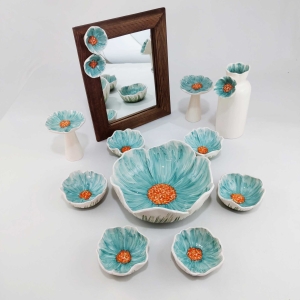
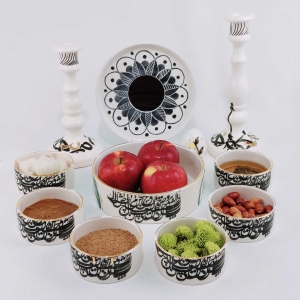
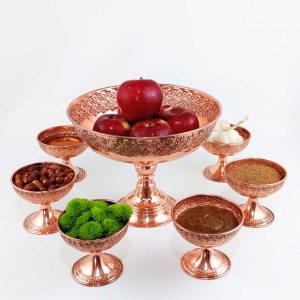
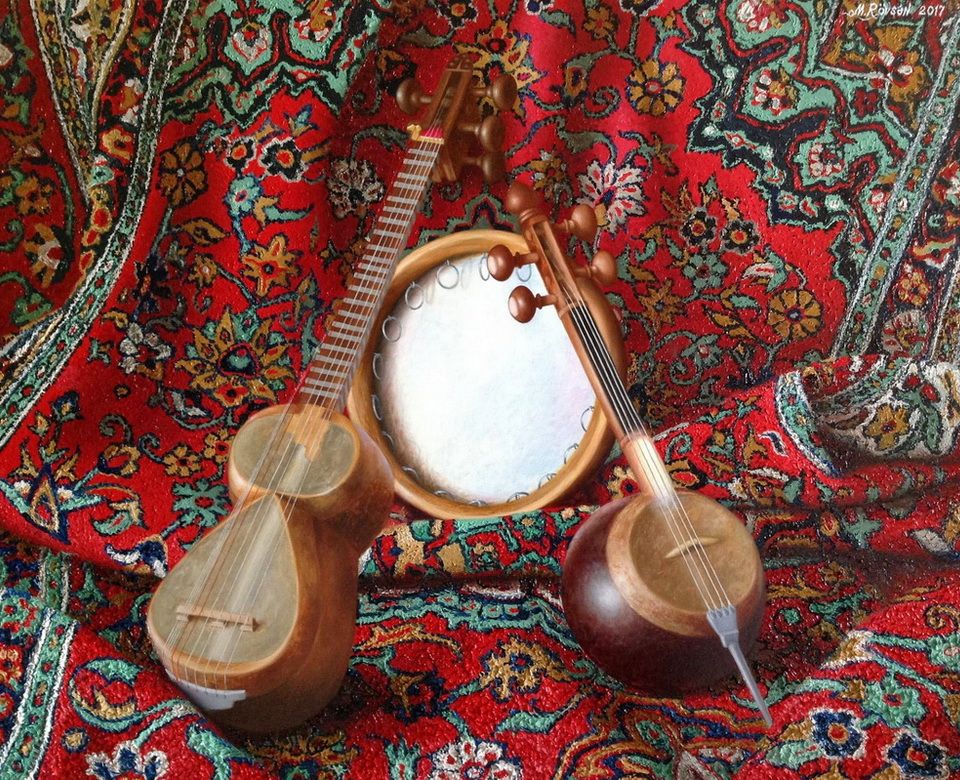
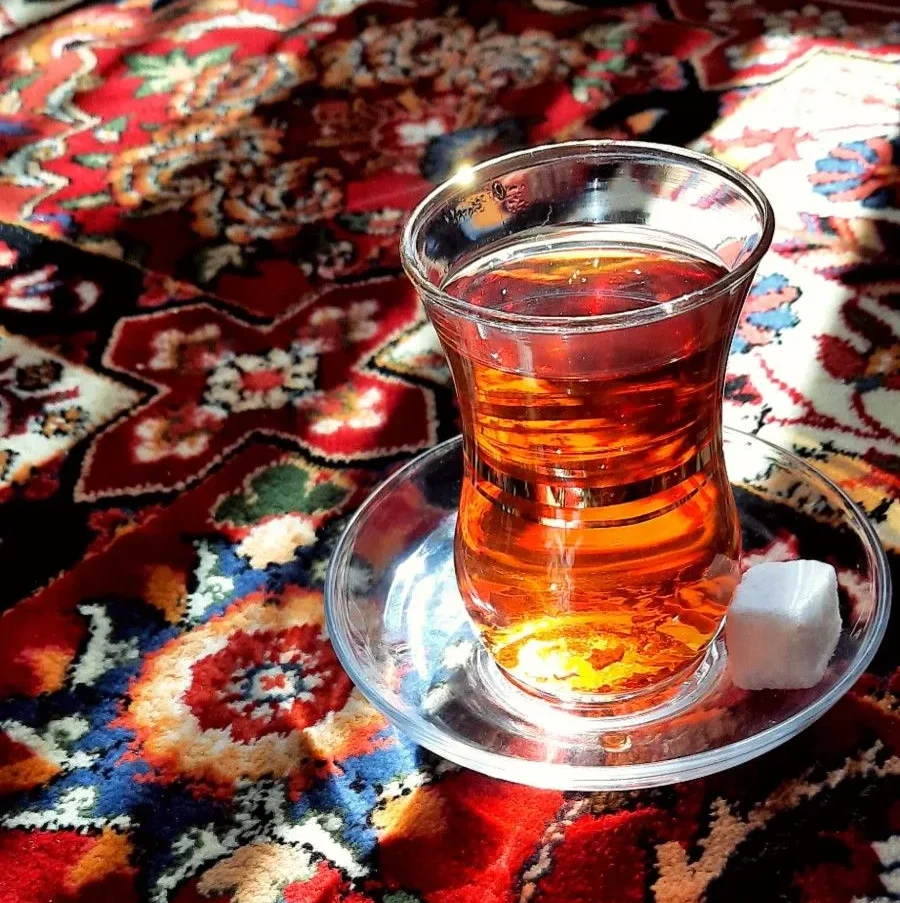
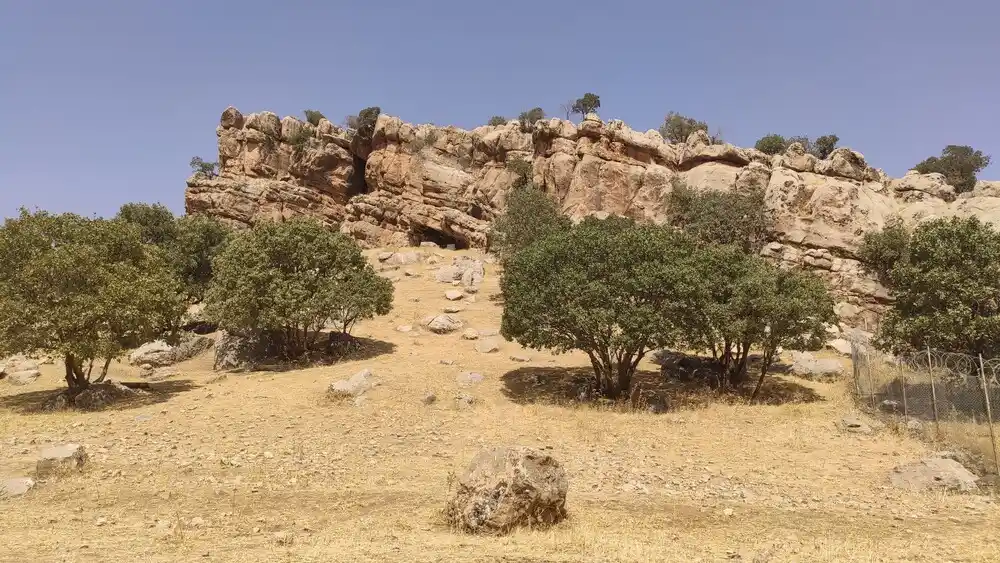
Comments